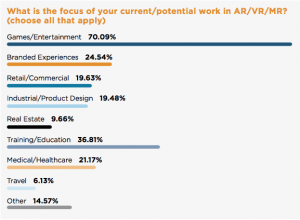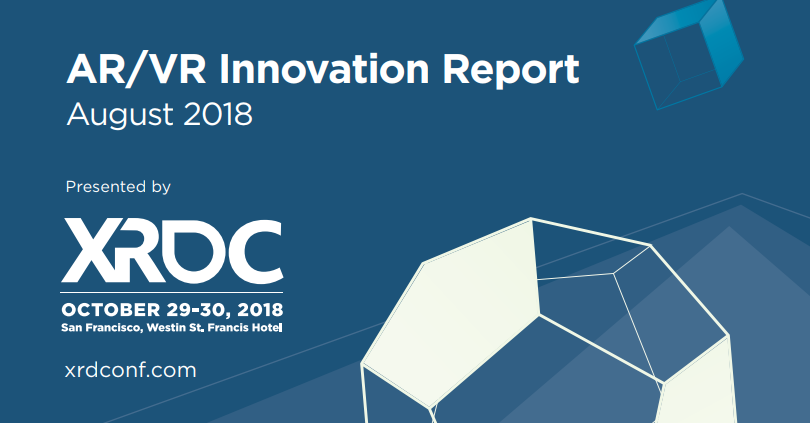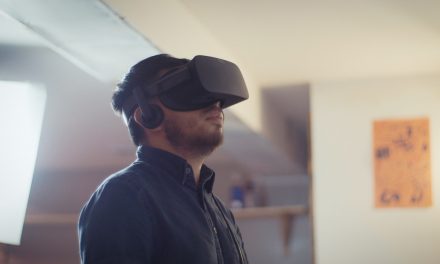For the past few years, XRDC, or XR Developers Conference (formally known as the Virtual Reality Developers Conference, or VRDC), has released annual reports on the state of the virtual reality (VR) and augmented reality (AR) industry. For its 2018 report, XRDC reports that the HTC Vive head-mounted display (HMD) retains its year-over-year popularity with developers, with 45.41% reporting development for the platform, with the Oculus Rift at a close second with 41.38%.

Source: XRDC
As for the focus of development, the predominant area was Games & Entertainment, with 70.09% reporting current work in the sector. However, this number has dropped from 78% in last year’s report. Focus is now being shifted towards Training & Education (36.81%), Branded Experiences (24.54%), and Healthcare (24.54%).
While development for VR is still going strong, 75% of industry professionals believe that AR will overtake VR in the longterm, with 30% of developers focusing on Google’s ARCore for Android phones and tablets. Respondents cited that AR’s advantage over VR is its accessibility and integration with the real world.
“Location-based AR and MR data will be ubiquitous as soon as the threshold for seeing it in a natural, unobtrusive way is significantly lowered,” wrote one respondent. “VR, with its physical threshold of having to immerse oneself and shut oneself out from one’s surroundings, is more similar to reading a book. Both are viable mediums, but very different.”
“AR makes augmented content easy to access because users are able to engage with AR via their mobile devices or headsets,” wrote another respondent. “It’s also less of a commitment and less socially isolating. However, I believe AR and VR can solve very different problems.”
When reflecting on missed opportunities in the XR space, the largest source of concern arose from an overabundance of hype and gimmicky experiences that’s hindered growth in the industry.

Source: XRDC
“For VR the biggest mistake was overhyping the early generation before anyone knew how to build compelling content and the only consumer devices available were overpriced for the (non) existing market,” wrote one respondent. “On the other side of the spectrum were cheap Cardboard headsets with poor experiences. This has put VR especially in a bad spot where some consider the tech dead or awful. We would have been better off withholding the hype train until this year…for AR things are looking much brighter as it’s still just portrayed as something you do with your phone. AR still has the hype ahead.”
“The industry really needed an HMD like Oculus Go when the hype for VR was at its peak,” wrote another. “There has also been a disproportionate focus on developing hardware for VR and AR, and not enough of a focus on developing software to support such a vast hardware ecosystem.”
The report notes that moving forward, XR professionals report that one of the biggest unsolved areas of opportunity lie in delivering quality content to consumers that aren’t shallow or rely heavily on gimmicks.
“The biggest unsolved technology problem and design problem in AR/VR/MR has been versatility and integration,” wrote one respondent. “Moving outside of the range of a gimmick and into the future of storytelling, information engagement, and integrative social dynamics is the most significant movement needed to change the role of AR/VR/MR as a computing platform.”
You can read the full report here.
Whether you’re a developer or business leader, what insights from this report ring true for you? Let us know in the comments down below!






